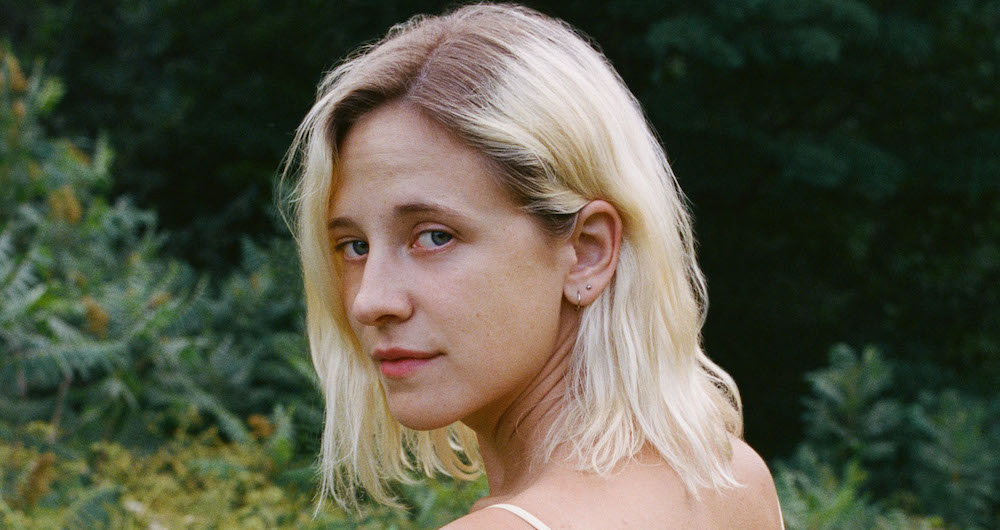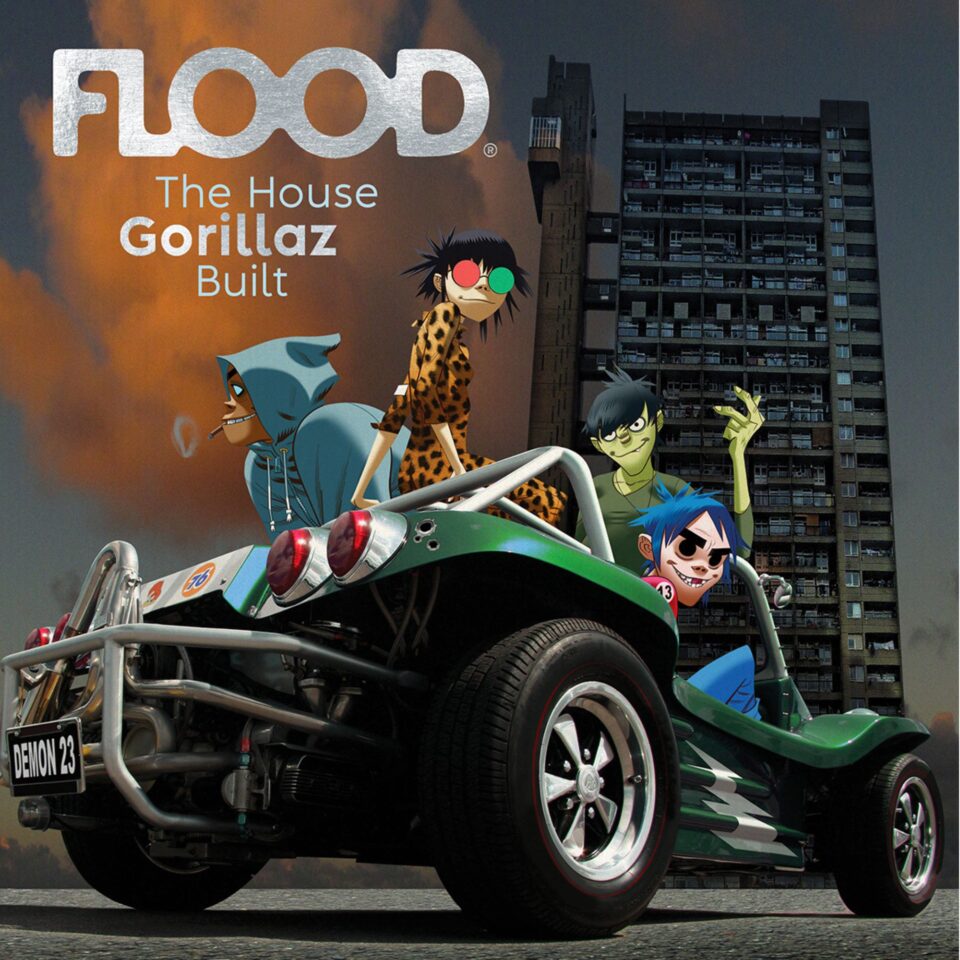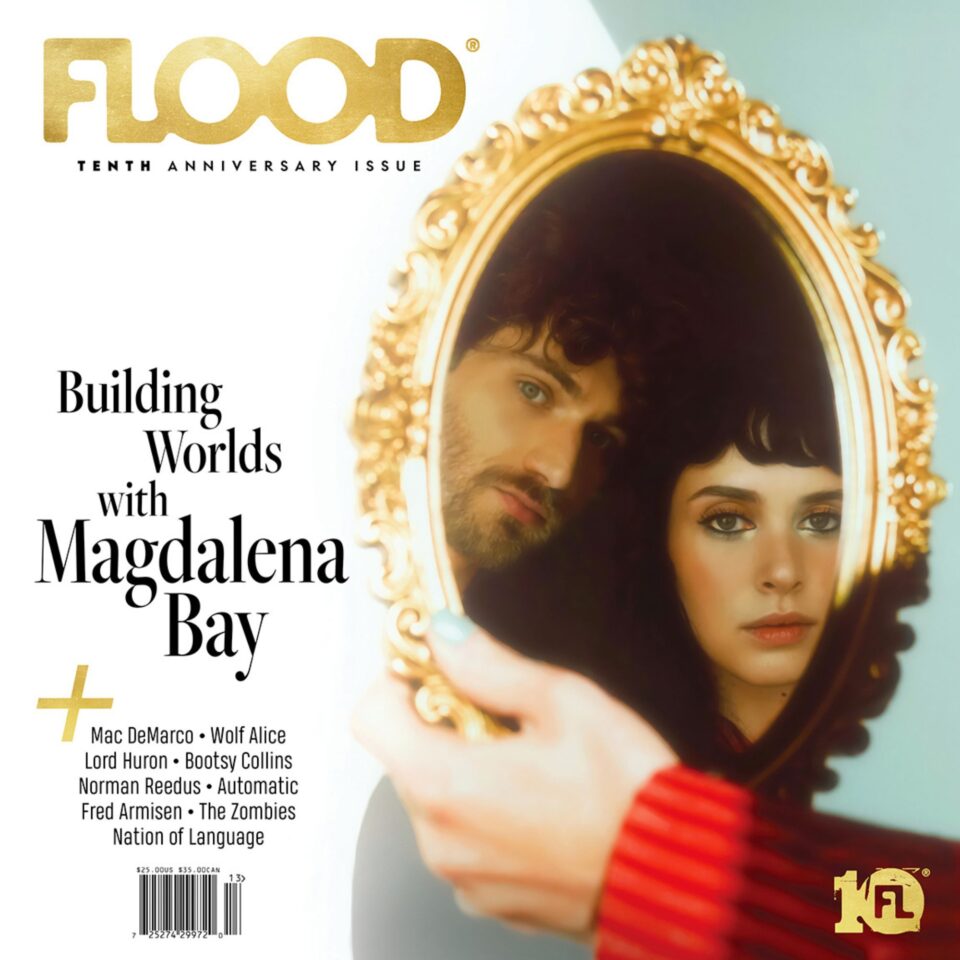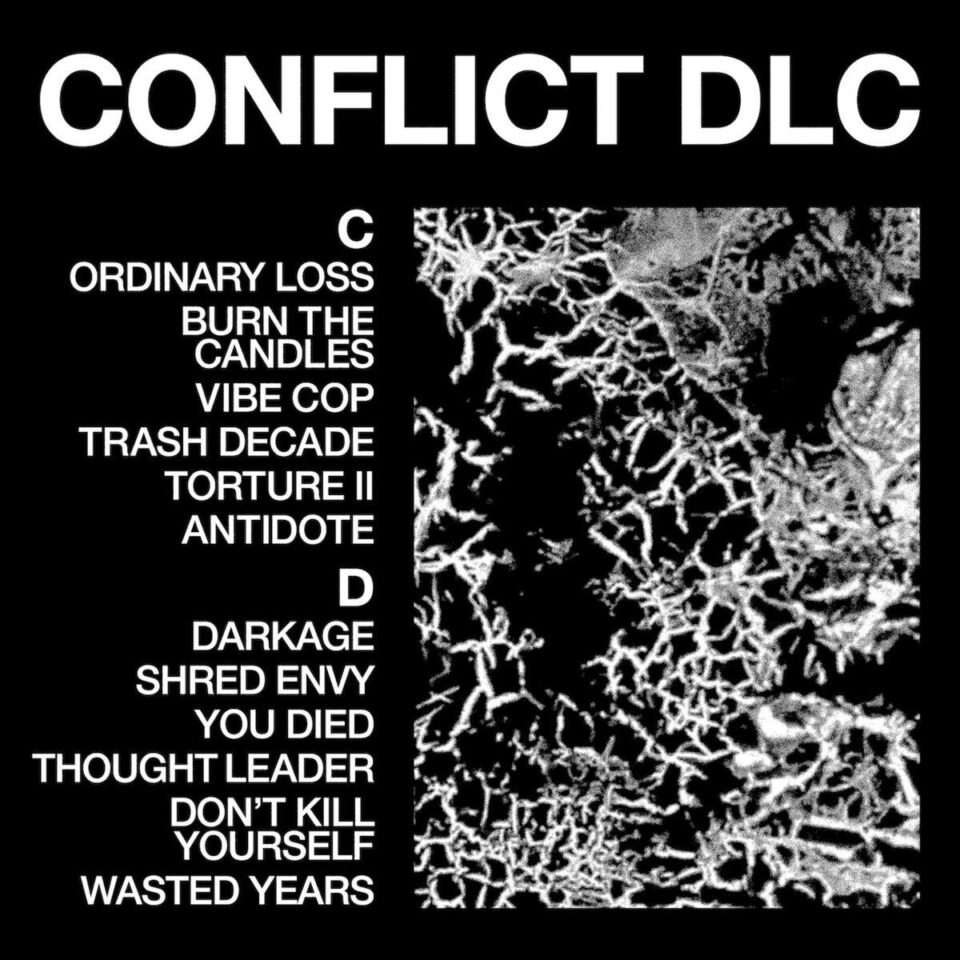Someone New, Helena Deland’s debut album, wonders about love, ownership, power, and self. Over two years, she contemplated with a guitar in her hands, while her mind meandered and intimate songs unfurled. The Canadian singer/songwriter has an endearing, welcoming voice as she invites you into the complexities of her love.
“In and outside of my music career,” she says, “relying on the gaze of someone else for validation and a sense of my own worth alienated me from myself and made it very difficult for me to make anything.” A lot of Someone New reckons with his struggle—with reclaiming herself, overcoming the idea of self-image. In doing so, Deland is creating an open, honest documentation of what it means to be a person trying to untangle the knots.
Someone New is out today via Luminelle.
Gabe Wax and I started recording the song in his Brooklyn studio right after we met in January 2019. The song came together in a really exciting, quick way in spite of the decor and collaboration being brand new. I recorded the final version of the vocals one night almost a year later in November. I couldn’t get into it for the longest time, and felt like these were the lyrics I wanted to deliver with the most honesty. It got a little existential, so Gabe and I went to the bar across the street, talked about how production is a way to elevate the song’s spirit over a couple glasses of wine, and nailed it when we got back to the studio.
2. “Truth Nugget”
I had had the idea of making a song called “Truth Nugget” for a while (the expression is inspired by Virginia Woolf’s opening statement in A Room of One’s Own, “I should never be able to fulfill what is, I understand, the first duty of a lecturer to hand you after an hour’s discourse a nugget of pure truth to wrap up between the pages of your notebooks and keep on the mantelpiece forever”) and remember just stopping mid-bike lane to record little ideas on voice-memo, but the melody really came to me one night when I was jamming with my friend Ouri and she was repeating these two arpeggiated chords on the Rhodes. The arrangements I wrote in my friend Valentin’s bedroom. The intention for the mood was so clearly set, and when I played the baseline and harmonized it we knew we had it.
3. “Dog”
This one was the hardest to arrange. It’s also the one I wrote the longest ago, and I think that’s why—its intention had lost a bit of its crispness, maybe. It went through many versions, and after relistening to Tirzah’s album Devotion I thought it would be cool to break it all down to build it up again, which Gabe and I did with what I had previously recorded with the band.
4. “Fruit Pit”
The setting for the lyrics of this song was inspired by Jonas Fortier’s poem “Poste de travail”, from his collection Chanson transparantes, where the protagonist is lying in a hammock in the backyard and you get the feeling he’s been there for days without moving, and doesn’t intend on going anywhere. The world just keeps turning and the poem ends on this really beautiful line: “Je pense disparaître.” I wanted the song to sound like it took place amidst grass and seeds and small animals, as though one had shrunk to the size of a fruit pit!
5. “Pale”
This one came together very quickly, I wrote it on guitar then wrote what became the bass line on the piano. When Valentin and I put together the rest of the arrangements they all fell into place quickly. When Gabe put some additional production on it he quoted the opening scene in Blade when blood pours out of the fire extinguishers in the club. That was perfect. Mixing it was the hardest part!
6. “Comfort, Edge”
I started writing this song a while ago when I had a week-long residence in Paris and would spend most of the day sitting around with my unplugged electric guitar (I hadn’t brought an amp and never found a good enough deal to rent). One night I watched the Esther Perel Ted Talk about infidelity and thought, “genius!” One of her lines became the main idea (this tension between habit and novelty, which plays out in so many ways in romantic relationships) and the title to the song.
7. “The Walk Home”
For a couple of years I rented a studio space in Montreal in what used to be a grade school, and I shared what had been a classroom with a few people. It had been really well decorated and had such a lovely, warm (albeit a little strange, which is great) vibe. I wrote this song there by stacking loops on GarageBand and playing the plug-in for the cello on my computer keyboard (G-F-D-S-K, etc.). When we recorded it, Ouri played the cello with delay, which made all these beautiful moments happen.
8. “Seven Hours”
I wrote this song at home with a window open, and on the voice memo you can hear a truck backing up for the longest time, with it’s “beep, beep, beep” spanning from the first chorus to almost the end of the song. I got really attached to it, so I used a sample of my friend Lysandre playing the piano to reproduce it on the studio version.
9. “Smoking at the Gas Station”
This one was a bit more of a puzzle, written and recorded over quite a long period of time. I wanted it to be very feedback-heavy, so we started off recording a full-band version with Alex just slamming on his guitar, kneeling in front of his amp. In the end we only kept those feedbacks and took away most of the guitar. A month later Gabe and I sampled my voice humming as the main back, which to me turned the song into something more subtle and moody.
10. “Lylz”
This song I recorded with Jake Portrait in his Greenpoint studio in January 2019 (same trip “Someone New” was recorded during). I didn’t really think much of the half demo I’d made, but Jake had spent some time with it and came up with the bass line, which didn’t follow the chords I’d originally written. I was instantly so inspired by them. I wrote the second verse while we were writing the arrangements. It was such a fun time, trying to make it both like a teenage anthem and a spooky murder-mystery background track.
11. “Mid-Practice”
This one I wanted to be a straight-up love ballad. Val wrote the percussions and the second guitar and I wrote a few pining synth melodies, and Gabe’s job was kind of to moderate the lovey-doveyness of it all.
12. “Clown Neutral”
Clown Neutral is maybe one of my favorite concepts in the world. It was introduced to me by my friend Katey Wattam, a brilliant theater director. It’s a term used in Pochenko’s clowning technique, which refers to moments where we feel great joy and deep sadness simultaneously. I just feel like that’s about 75 percent of existence, which itself is so Clown Neutral. I use the term a lot. At the time we were recording the album, I was quite obsessed with it and thought it would be fun to make it the title of my second album. One night when the whole record was pretty much canned I wrote the song and I thought, “Oh, there it is”.
13. “Fill the Rooms”
This one I wrote after having a really sad dream. The idea to put it last on the record was Gabe’s, and I was so set on the last song being “Clown Neutral” that at first I thought it was some kind of joke—but as soon as I played the whole record with this one last, I found it made the whole thing come together in a really nice way, what with the setting of the room bookending the whole ordeal. The pacing of the whole record changed a day before it was sent to press when Gabe heard the one I had devised and said this one might work better, which I think is absolutely true.







